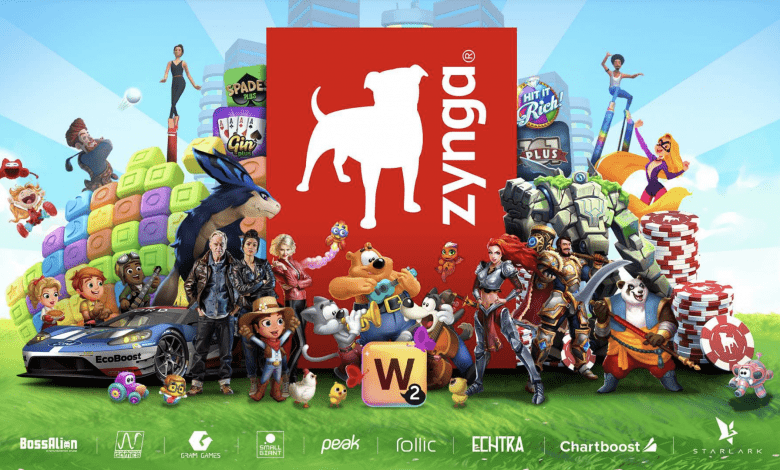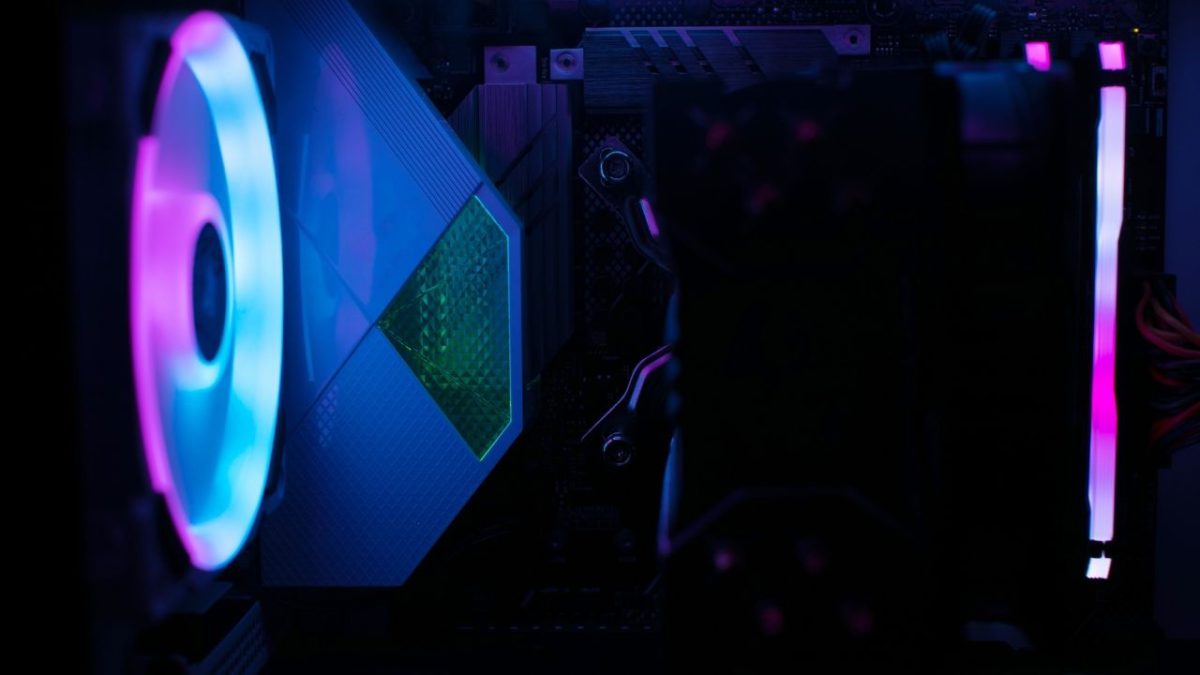Crypto Gaming Tokens: A Complete Guide
GameFi crypto gaming tokens connect the game, NFTs, and financial aspects. A long-term, fair, and appealing token format will significantly impact the game. Although “gaming” is the first component of GameFi, “financial” is the driving force behind its rapid expansion. GameFi is still in its infancy, and the games available are significantly less developed than traditional games.
NFT trading and mining and the exchange of gaming tokens are the primary sources of profit for players in the game. As a result, it is critical for participants to comprehend the tokens’ economic mechanism.
The game’s current gaming token model is split into the single token and multi-token economies.
1. Individual Token
The single gaming token economy concept employs a single token for all aspects of the platform, including in-game activity, project governance, and secondary market transactions. The model’s simplicity is a benefit. Players need to earn one token, which simplifies player transactions and makes resource integration easier.
The disadvantage is evident, as the token is also an asset the player wants to keep to raise its value. The player’s willingness to keep it goes against the game’s setting, which requires players to consume tokens to progress.
Variations in the token’s price can have a significant impact on players. When the price is too low, players will lose interest in the game due to the lack of possible profit; when the price is too high, they will lose their assets by attempting to benefit from the high-value token.
In addition, if a project follows a methodology of issuing new tokens regularly, inflation will occur. More game developers want to use a multi-token approach because a single token model can easily damage the token’s ecosystem.
2. Multiple gaming tokens
Platform governance tokens and tokens circulating inside the game’s ecosystem are usually separated in games with numerous gaming tokens. The platform governance token is primarily designed to incentivize participants to participate in community governance and raise platform value recognition.
The game’s token(s) are mainly utilized for in-game tasks, trade, daily quests, leveling up, etc. There is no limit on the coins that can be issued, and some of them don’t even have to be virtual currencies on a blockchain to be sold on secondary markets.
The multi-token model comes in various shapes and sizes, depending on the game, and it has clear advantages and disadvantages compared to the single token model.
The most significant benefit is that the game’s economic system is stabilized. The approach allows participants to play without being influenced by the price of the primary token. The split of gaming tokens also allows developers to change the economic model of various tokens as needed. The negative is that it makes it more difficult for gamers to integrate and learn new things.
The Most Important Economic Aspects of GameFi
It’s also crucial to comprehend the GameFi project’s economic framework. The following criteria can be used to assess a token.
1. Mechanism of Issuance and Burning
Token inflation can be avoided by having a realistic and limited issuance size. Still, an infinite economic model might lead to token devaluation and make players lose trust in holding gaming tokens for a long time.
Destruction mechanisms can also prevent inflation, and active burn processes can help keep prices stable. Axie Infinity, for example, declared on February 4, 2022, that it would no longer offer SLP token awards in daily missions and adventure mode. This technique has resulted in a rise in SLP prices, which had been falling.
2. Token Distribution
The team’s gaming token distribution strategy is remarkable, with greater weight given to the community to acquire more player preference.
The benefits of a proper allocation system on the project are far-reaching. Axie Infinity’s token AXS, for example, has a 20 percent Play to Earn, a 29 percent Staking Rewards, and a roughly 50 percent user allocation. After all, a game’s success is entirely dependent on community participation.
Also, read – NFT platform is gearing up for a push into the NFT gaming market
3. Usefulness
A token’s broader utility is more appealing to gamers. Tokens are used for daily missions, in-game leveling, purchases, PVP, and other activities in most games.
The use of the gaming token will provide the token with more excellent capabilities, such as secondary market trading, integrating with other projects to generate revenue, and so on.
4. Period of Locking
Setting the unlocking time helps keep more users and prevents speculative people from influencing the token’s price. Maintaining the same lock-up period for the project team and players is also beneficial in keeping both parties’ interests aligned.
Axie Infinity allocations and teams are essentially unlocked over four years. The idea is to draw more players searching for gaming token prizes while still providing a reason for forming groups.
A lock-in period is when investors are unable to sell their holdings. These time frames ensure that investors stay focused on the project for a more extended period while also prohibiting them from selling huge volumes of stock on the open market.
Summary
As more money pours into the GameFi field, there isn’t a scarcity of GameFi projects but scarcity for good ones, from game quality to token economic structures.
GameFi initiatives are still at an embryonic stage compared to more sophisticated traditional games. However, its financial features and significant community participation have created a new blue ocean in the game field’s red sea.
It’s crucial to improve the in-game economy through gaming tokens to improve the gaming experience.
Stay informed with daily updates from Blockchain Magazine on Google News. Click here to follow us and mark as favorite: [Blockchain Magazine on Google News].
Get Blockchain Insights In Inbox
Stay ahead of the curve with expert analysis and market updates.
latest from tech
Disclaimer: Any post shared by a third-party agency are sponsored and Blockchain Magazine has no views on any such posts. The views and opinions expressed in this post are those of the clients and do not necessarily reflect the official policy or position of Blockchain Magazine. The information provided in this post is for informational purposes only and should not be considered as financial, investment, or professional advice. Blockchain Magazine does not endorse or promote any specific products, services, or companies mentioned in this posts. Readers are encouraged to conduct their own research and consult with a qualified professional before making any financial decisions. The featured image used is just a creative depiction of the title and it does not intend to hurt sentiments of any person or institution. If it hurts anyone sentiments, please do not hesitate to reach out to Blockchain Magazine.

 Bitcoin
Bitcoin  Ethereum
Ethereum  XRP
XRP  Tether
Tether  Solana
Solana  Dogecoin
Dogecoin  USDC
USDC  Cardano
Cardano  Lido Staked Ether
Lido Staked Ether  TRON
TRON  Chainlink
Chainlink  Avalanche
Avalanche  Wrapped stETH
Wrapped stETH  Wrapped Bitcoin
Wrapped Bitcoin  Sui
Sui  Toncoin
Toncoin  Stellar
Stellar  Hedera
Hedera  Shiba Inu
Shiba Inu  WETH
WETH  Polkadot
Polkadot  LEO Token
LEO Token  Litecoin
Litecoin  Bitcoin Cash
Bitcoin Cash  Bitget Token
Bitget Token  Uniswap
Uniswap  Hyperliquid
Hyperliquid  Official Trump
Official Trump  USDS
USDS  Wrapped eETH
Wrapped eETH  Pepe
Pepe  NEAR Protocol
NEAR Protocol  Ethena USDe
Ethena USDe  Aave
Aave  Aptos
Aptos  Internet Computer
Internet Computer  Monero
Monero  Ethereum Classic
Ethereum Classic  WhiteBIT Coin
WhiteBIT Coin  Ondo
Ondo  Cronos
Cronos  POL (ex-MATIC)
POL (ex-MATIC)  Mantle
Mantle  Render
Render  Dai
Dai  MANTRA
MANTRA  Algorand
Algorand 



